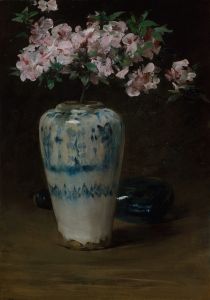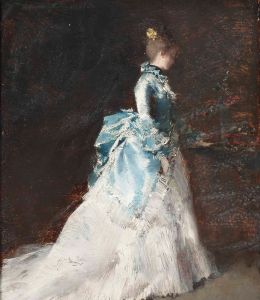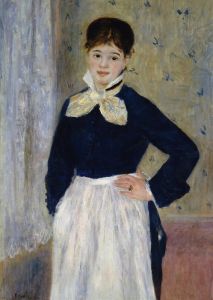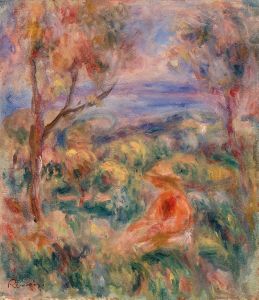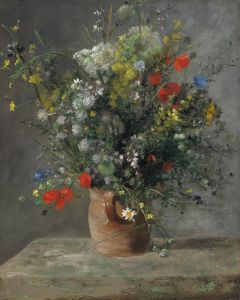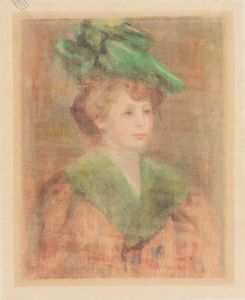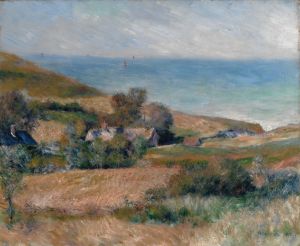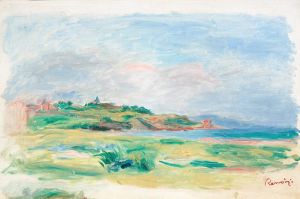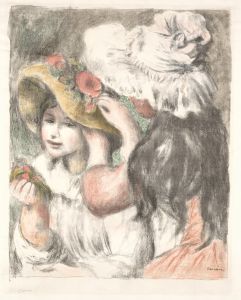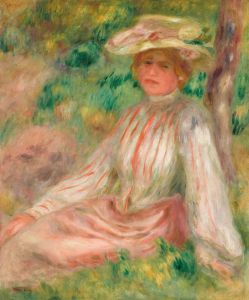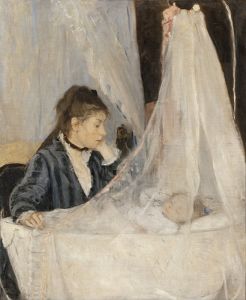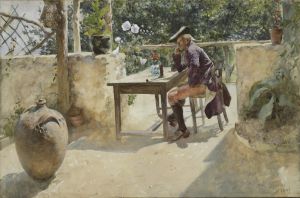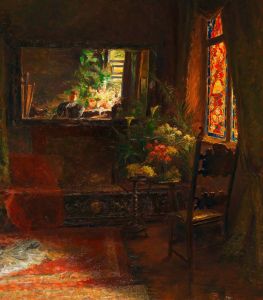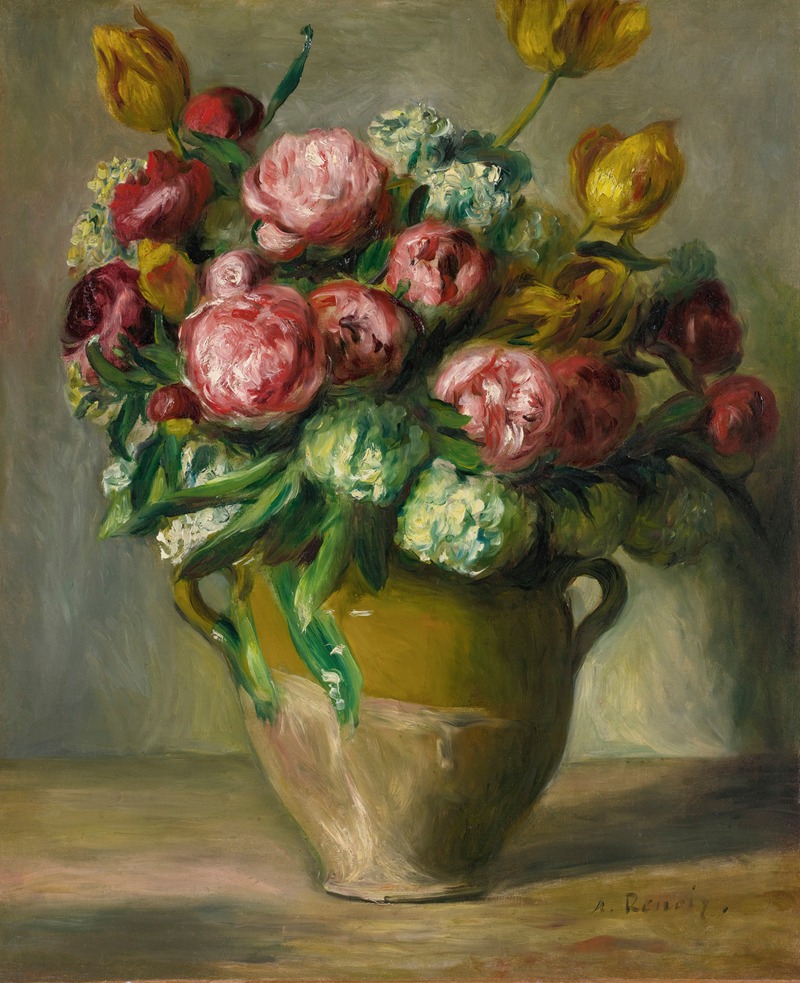
Vase De Pivoines
A hand-painted replica of Pierre-Auguste Renoir’s masterpiece Vase De Pivoines, meticulously crafted by professional artists to capture the true essence of the original. Each piece is created with museum-quality canvas and rare mineral pigments, carefully painted by experienced artists with delicate brushstrokes and rich, layered colors to perfectly recreate the texture of the original artwork. Unlike machine-printed reproductions, this hand-painted version brings the painting to life, infused with the artist’s emotions and skill in every stroke. Whether for personal collection or home decoration, it instantly elevates the artistic atmosphere of any space.
Pierre-Auguste Renoir's Vase de Pivoines (translated as Vase of Peonies) is a painting that exemplifies the artist's mastery of Impressionist techniques and his deep appreciation for the beauty of nature. Renoir, a leading figure in the Impressionist movement, is renowned for his vibrant use of color and light, as well as his ability to capture the fleeting essence of his subjects. This particular work focuses on a still life composition, a genre Renoir explored frequently throughout his career.
The painting depicts a bouquet of peonies arranged in a vase, rendered with Renoir's characteristic loose brushwork and luminous palette. The flowers are painted in rich, warm tones of pink, red, and white, contrasting with the cooler hues of the background. Renoir's attention to the interplay of light and shadow creates a sense of depth and vitality, making the flowers appear almost lifelike. The composition is both intimate and dynamic, showcasing Renoir's ability to infuse even a simple subject with a sense of movement and emotion.
Renoir's still life paintings, including Vase de Pivoines, were often created during periods when he sought respite from the demands of portraiture and large-scale figure compositions. These works allowed him to experiment with color, texture, and form in a more relaxed and personal manner. Peonies, a flower associated with beauty and abundance, were a recurring motif in Renoir's still lifes, reflecting his admiration for their lush, delicate appearance.
The exact date of creation for Vase de Pivoines is not definitively documented, but it is believed to have been painted during the late 19th century, a period when Renoir was actively contributing to the Impressionist exhibitions and refining his artistic style. During this time, Renoir often drew inspiration from everyday objects and scenes, transforming them into vibrant celebrations of life and nature.
Today, Vase de Pivoines is recognized as an example of Renoir's skill in still life painting and his ability to elevate ordinary subjects into works of art. The painting is held in a private collection or museum, though specific details about its current location or provenance are not widely available. Like many of Renoir's works, it continues to be admired for its timeless beauty and the artist's unique ability to capture the essence of his subjects.
This painting remains a testament to Renoir's enduring legacy as one of the most celebrated artists of the Impressionist movement.





